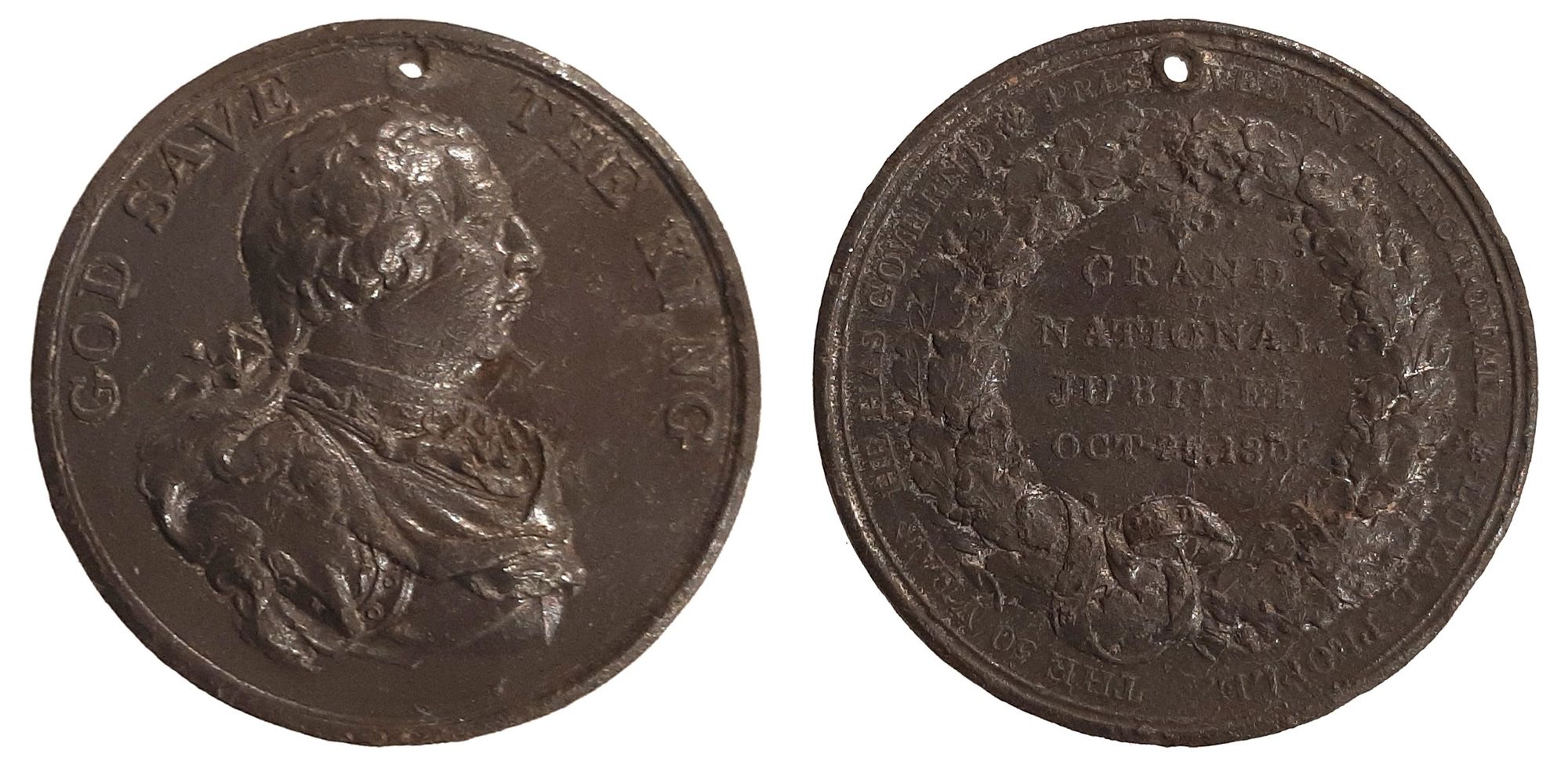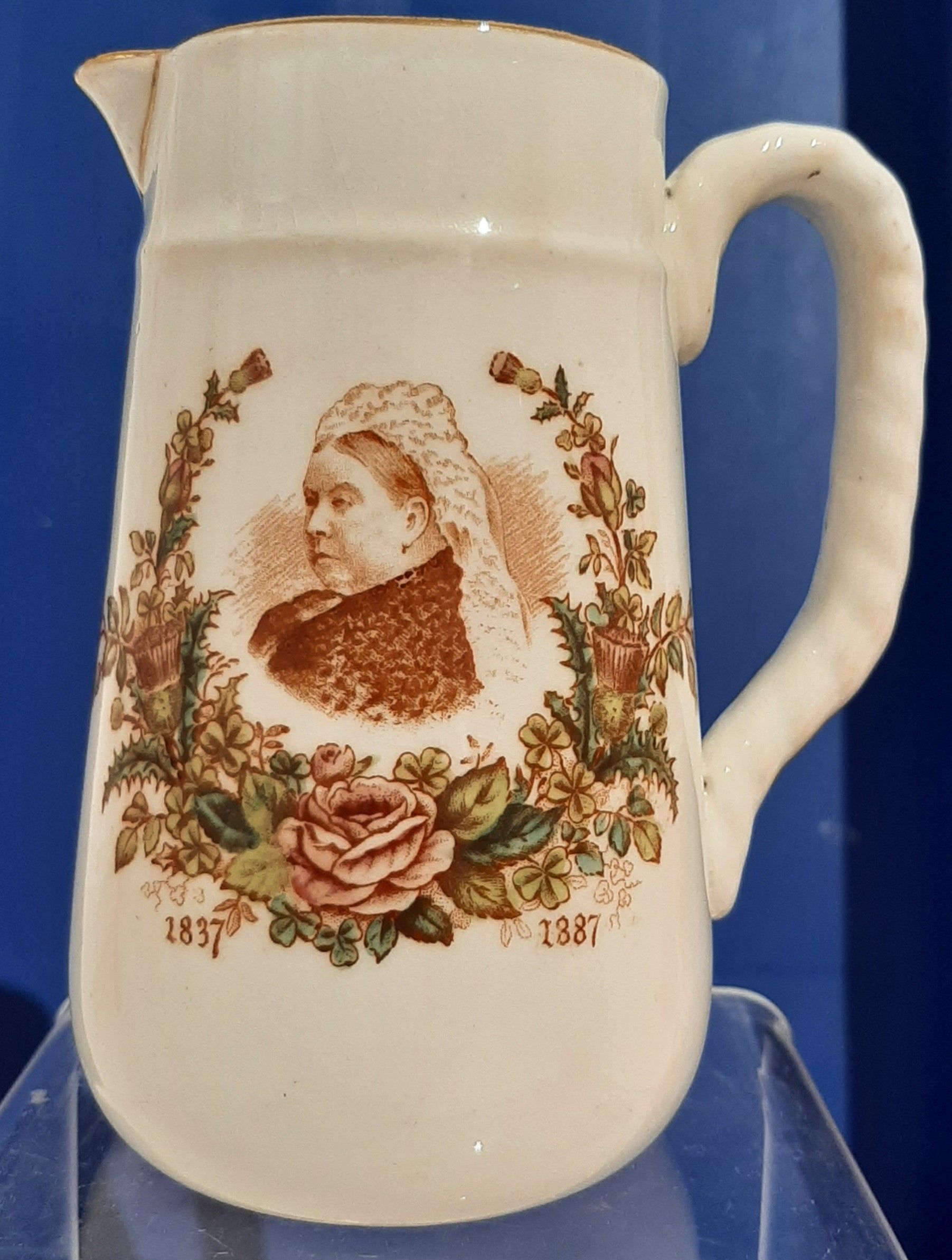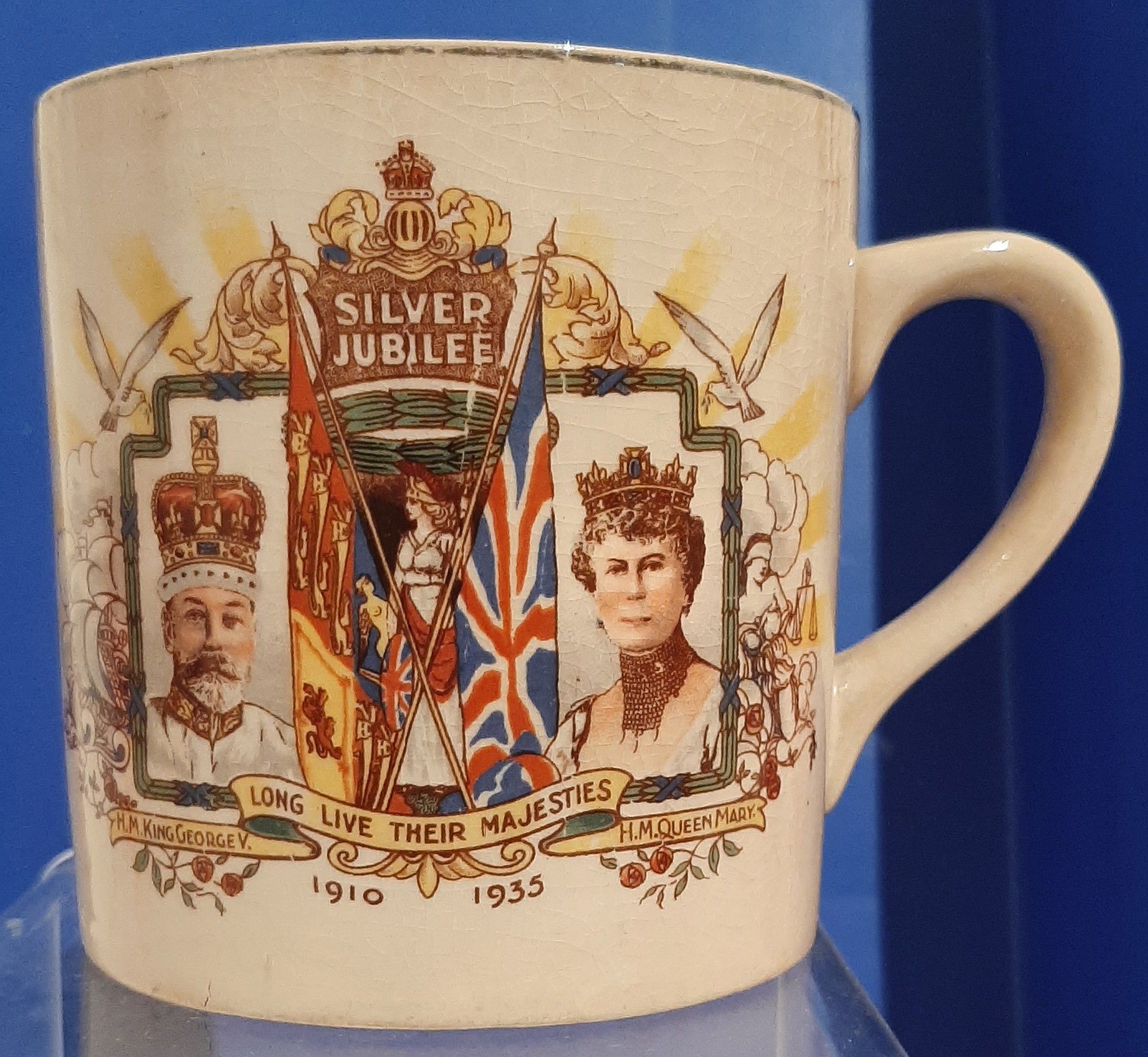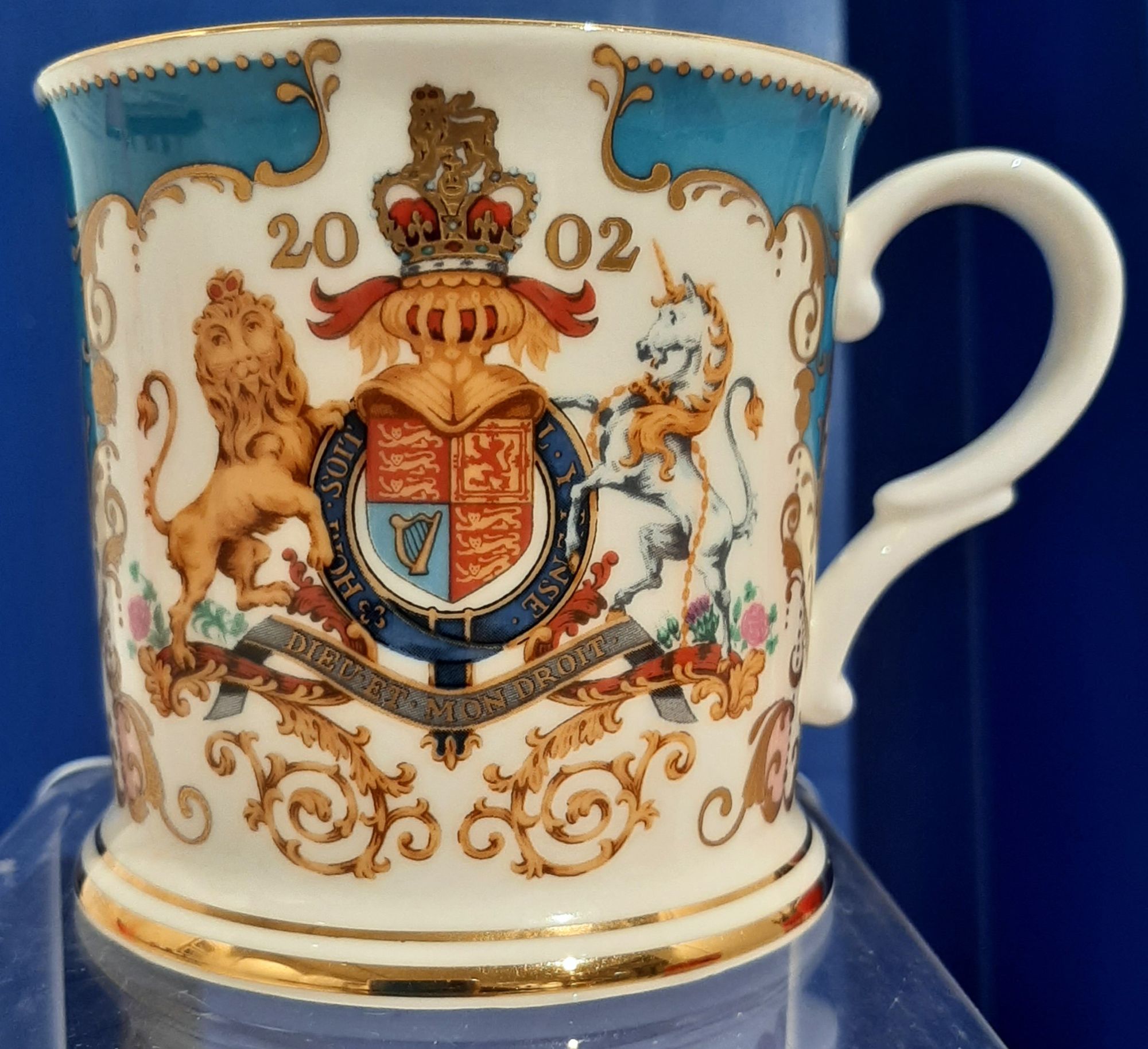JUBILEES! is an exhibition at Westbury Manor Museum in Fareham, from 7 May to 18 June, which tells the story of the only four monarchs to have celebrated their royal jubilees.
George III
George III was the first of only four British monarchs to commemorate a Jubilee nationally. His Golden Jubilee on 25 October 1809 marked the 49th anniversary of his accession and the start of the 50th year of his reign.
He came to the throne on 25 October 1760 and was the third monarch of the House of Hanover but, unlike his two predecessors, spoke English, rather than German, as his first language.
His later life was marred by bouts of mental illness, and in the year after his Golden Jubilee, he suffered a final relapse - his eldest son, the Prince of Wales, became Prince Regent the following year. When George III died in 1820, the Regent succeeded him as King George IV.

Victoria
Queen Victoria celebrated two jubilees. Her Golden Jubilee on 20 June 1887 marked the 50th anniversary of her accession to the throne on 20 June 1837.
Her Diamond Jubilee on Sunday 20 June 1897 was the 60th anniversary of her accession to the throne. Celebrations to honour the occasion, the first Diamond Jubilee of any British monarch, showcased the Queen's role as 'mother' of the British Empire and its Dominions.
Victoria died on the Isle of Wight in 1901, the last British monarch of the House of Hanover.

George V
George V was the first monarch to celebrate a Silver Jubilee on 6 May 1935 as he marked 25 years as King of the United Kingdom and the British Dominions, as well as Emperor of India.
He became the first monarch of the House of Windsor, which he renamed from the House of Saxe-Coburg and Gotha because of anti-German public sentiment during the First World War.
He suffered from smoking-related health problems throughout much of his later reign and died on 20 January 1936, succeeded by his eldest son, Edward VIII.

Elizabeth II
As the longest reigning British monarch, Queen Elizabeth II will have marked a total of six jubilees with the celebration of her Platinum Jubilee, commemorating 70 years since her accession to the throne on the death of her father, George VI, in 1952.
1977 marked the The Silver Jubilee, the 25th anniversary of the Queens accession to the throne.
1992 was the year of the Ruby Jubilee, the 40th anniversary of the accession.
2002 saw Queen’s Golden Jubilee, marking the 50 years on the throne. Despite the deaths of her sister, Princess Margaret, and Queen Elizabeth The Queen Mother, the jubilee was marked with large-scale throughout the UK.

2012 marked the Queen’s Diamond Jubilee. The only other Diamond Jubilee was Queen Victoria’s in 1897.
2017 and the first Sapphire Jubilee to be celebrated by a British monarch.
2022 mark another milestone in the reign of the longest serving British monarch with the Queen’s Platinum Jubilee commemorating 70 years since her accession. This is the first time any British monarch has celebrated a platinum jubilee.




